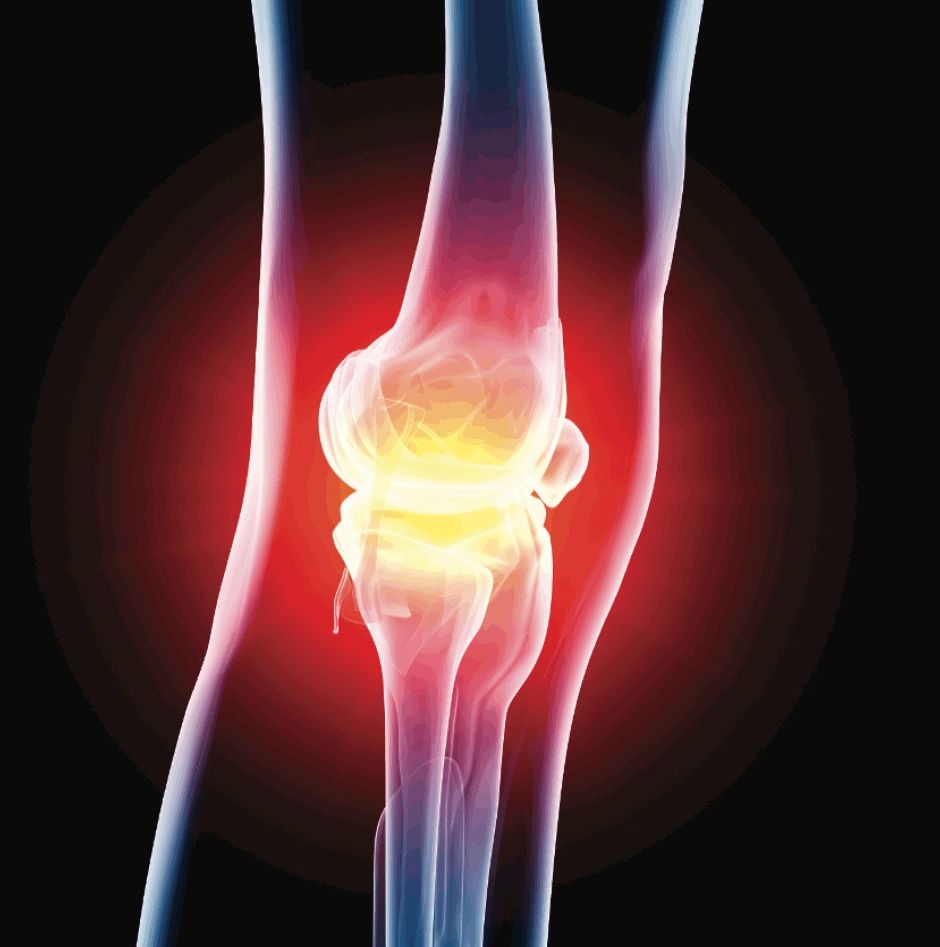Cool Joints: Where Healthy Bones Meet
Which joint-health ingredients are gaining traction?

Which joint-health ingredients are gaining traction?
Bone and joint health go hand in hand-or is that ball in socket? In any case, joint-friendly supplements, while not quite as popular as those designed for bones according to numbers from natural products market research and consulting firm SPINS, remain a cornerstone of the supplements industry. According to SPINS, combined-channel U.S. sales of vitamins and supplements for joint health held nearly steady at roughly $89.5 million from the year ending May 2011 through the same period this year. But in natural outlets alone, sales grew nearly 4%. Ingredients making news include anti-inflammatories and the stuff of joints themselves, collagen. Here’s a look at some products on offer.
Joint Health: Krill Oil
Inflammation accounts for no small part of osteoarthritis and related joint pain. Notes Eric Anderson, vice president, marketing, Aker BioMarine Antarctic USA (Issaquah, WA), “Evidence has shown that omega-3 fatty acids have anti-inflammatory properties.” Krill oil, rich in the key long-chain omega-3s eicosapentaenoic acid (EPA) and docosahexaenoic acid (DHA), is potentially “effective for the management of arthritic symptoms,” Anderson says.
In one human clinical trial, published in the Journal of the American College of Nutrition in 2007 (L Deutsch), researchers found that a short treatment with krill oil significantly inhibited inflammation and reduced arthritic symptoms, while also lowering participants’ use of nonsteroidal anti-inflammatory drugs, or NSAIDs.
Anderson adds that unlike fish or algal EPA and DHA, the omega-3s in krill oil are bound to phospholipids, not triglycerides. “This compositional difference makes krill extracts gentler on the stomach and delivers the omega-3s to the cells and tissues much more efficiently,” he says.
Joint Health: Celadrin
Proprietary Nutritionals Inc. (PNI; Kearny, NJ) makes a proprietary blend of esterified fatty acids called Celadrin. The company claims that the product works similarly to, but more dramatically than, the EPA and DHA extracted from fish oils and credits esterification with helping stabilize its fatty acids against oxidation. The product works by inhibiting production of pro-inflammatory immune factors-including the negative immune factor IL-6-and by impeding the enzyme 5-lipoxygenase, which, if left unchecked, acts on arachidonic acid to promote the inflammatory cascade.
Because Celadrin helps lubricate joints, it may make it easier for glucosamine to rebuild joint cartilage worn away by insufficient lubrication. Dean Mosca, president, PNI, notes that after “several years of R&D,” his company now offers a vegetable-based Vege Celadrin, “derived from plant sources and as safe and effective as the original animal-sourced Celadrin.”
`
Joint Health: Fortigel Collagen Peptides
People have used collagen to soothe aching joints for centuries, but a 2011 study published online in Osteoarthritis and Collagen (T McAlindon et al.) demonstrates how Gelita’s (Sergeant Bluff, IA) Fortigel product, a combination of bioactive collagen peptides, directly influences cartilage structure.
In the prospective randomized placebo-controlled double-blind study, participants with mild osteoarthritis of the knee received either 10 g of Fortigel daily or a placebo, for 48 weeks. Evaluation of collagen quality using a magnetic resonance imaging method known as dGEMRIC showed that participants in the Fortigel group had a tendential increase in the density of proteoglycans-the proteins that help form collagen-in the cartilage tissue following the study period. While the placebo group experienced progressive cartilage loss, the treatment group exhibited a significant reduction in the degree of degeneration of the extracellular cartilage matrix.
Joint Health: BioCell Collagen
Collagen may show promise for helping relieve joint pain, but as Joosang Park, PhD, vice president of scientific affairs, BioCell Technology (Newport Beach, CA), notes, “Not all collagen is the same.” He cautions against assuming that scientific studies supporting one form apply to “all generic raw material mixes” within the collagen category.
For example, his company’s flagship BioCell Collagen has “a growing body of scientific evidence” backing its claims to benefit joint health. What makes the product different is the patented production process that converts raw collagen into a form more easily absorbed and made available to the connective tissues. “In early 2012,” Park notes, “the outcome of a human clinical trial on osteoarthritic subjects was published in the Journal of Agricultural and Food Chemistry (A Schauss et al.)…The study confirmed earlier reports that daily intake of BioCell Collagen at 2 g was safe and effective in reducing osteoarthritis-associatedsymptoms.”
The Nutritional Outlook Podcast Episode 39: Nutritional Outlook's Ingredients to Watch in 2025
February 25th 2025In this episode, Nutritional Outlook interviews Scott Dicker, market insights director from market researcher SPINS, about ingredients and product categories nutraceutical and nutrition product manufacturers should watch in 2025.










